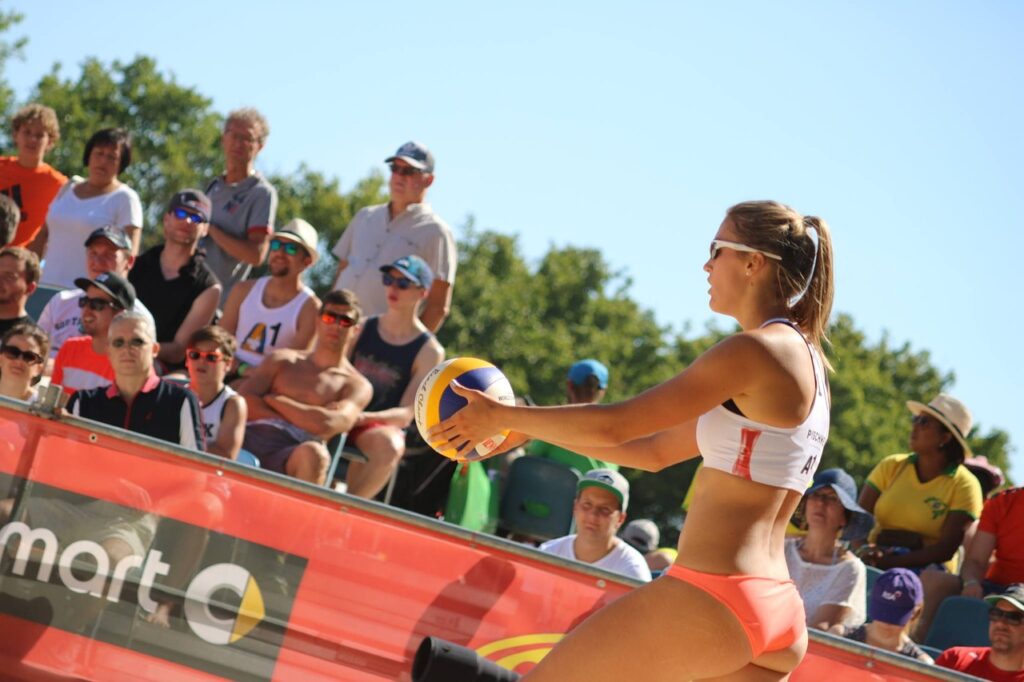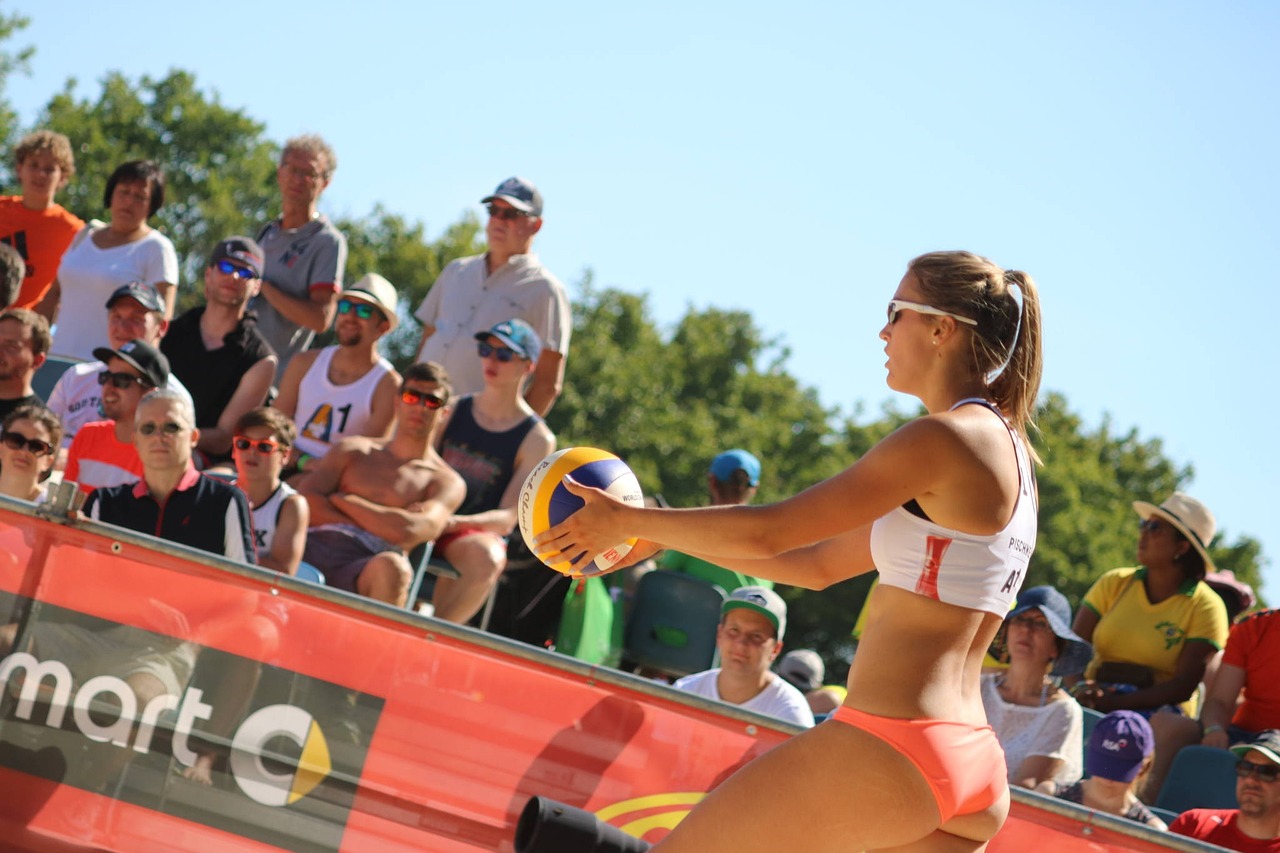Hey there, volleyball newbie! Whether you’re spiking your first ball or just cheering from the sidelines, you’ve probably heard some jargon that sounds like a secret code. One term that might have caught your ear is RDTP. So, what does RDTP stand for in volleyball? Don’t worry—I’ve got you covered with a beginner-friendly guide that breaks it all down.
Volleyball is an exciting sport filled with fast-paced action, teamwork, and strategy. But let’s be real: the acronyms can feel overwhelming at first. RDTP is one of those terms that might pop up in practice or online forums, leaving you scratching your head.
In this post, we’ll unravel the mystery of RDTP in volleyball, explain its significance, and share tips to help you shine on the court. Plus, I’ll throw in some stats, and even a look at eco-friendly volleyball gear—because who doesn’t love a sustainable spike?
What Does RDTP Stand for in Volleyball?

So, let’s tackle the big question: what does RDTP mean in volleyball? RDTP stands for Receive, Dig, Transition, Pass.
It’s a sequence of skills that players use to keep the ball in play and set up an effective attack. Think of it as the backbone of a rally—the steps your team takes to turn a tough serve or spike into a chance to score.
Breaking Down RDTP
Each part of RDTP represents a critical action in volleyball. Here’s what each letter means:
- Receive: This is the first contact, usually when your team catches the opponent’s serve. A good receive sets the tone for the rally.
- Dig: When the other team spikes or hits the ball hard, a dig keeps it off the ground. It’s like a superhero save!
- Transition: After receiving or digging, your team shifts from defense to offense, moving into position for an attack.
- Pass: The final step is passing the ball to the setter, who sets it up for a hitter to spike.
RDTP isn’t an official rule or stat tracked in games, but it’s a coaching shorthand used to teach beginners the flow of a rally. Mastering volleyball RDTP helps you understand how to keep the ball alive and turn defense into offense.
Why RDTP Matters for Beginners
As a new player, RDTP in volleyball gives you a roadmap for what to do when the ball comes your way. It’s like learning the steps to a dance—once you know the sequence, you can move with confidence. RDTP helps you:
- Stay focused during chaotic rallies.
- Work as a team to build a strong play.
- Build foundational skills that make you a versatile player.
How to Master RDTP in Volleyball
Now that you know what RDTP stands for in volleyball, let’s talk about how to nail each step. Whether you’re practicing in a gym or your backyard, these tips will help you get the hang of volleyball RDTP.
Key Tips for Each RDTP Step
Here’s a breakdown of how to improve each part of the RDTP sequence:
- Receive:
- Stand with your knees bent and arms ready to form a platform with your forearms.
- Aim to bump the ball high and toward the setter’s position.
- Practice with a partner tossing easy serves to build confidence.
- Dig:
- Stay low to the ground to react quickly to hard hits.
- Use your legs to push upward as you contact the ball.
- Focus on directing the ball to a teammate, not just keeping it up.
- Transition:
- Communicate with your team to know where to move next.
- Hustle to your offensive position after a dig or receive.
- Watch pro games on USA Volleyball to see smooth transitions in action.
- Pass:
- Keep your hands firm and fingers spread for overhead passes.
- Aim for a clean, high pass to give the setter options.
- Check out drills on Volleyball BC for passing practice.
Top 5 Tips for Mastering RDTP in Volleyball
Want to stand out as a beginner? Here are my top five tips to ace RDTP in volleyball (perfect for featured snippets!):
- Practice Consistently: Spend 10–15 minutes daily on forearm passing to build muscle memory.
- Stay Low and Ready: Keep your knees bent and body balanced to react faster.
- Communicate Loudly: Call “mine” or “got it” to avoid collisions and clarify roles.
- Watch and Learn: Study videos on FIVB to see RDTP in pro matches.
- Have Fun: Enjoy the process—smiling makes learning easier!
Grab a volleyball and try these tips in your next practice session. You’ll be amazed at how quickly you improve!
Eco-Friendly Volleyball Gear for Beginners
Volleyball is awesome, but let’s make it even better by choosing sustainable gear. As a beginner, you don’t need fancy equipment, but picking eco-friendly options can reduce your environmental impact. Here’s a table comparing some beginner-friendly, sustainable volleyball tools:
| Tool | Brand | Eco-Friendly Feature | Price Range | Best For |
|---|---|---|---|---|
| Volleyball | Wilson Eco AVP | Made from recycled materials | $20–$30 | Outdoor play |
| Knee Pads | Mizuno GreenGuard | Biodegradable packaging | $15–$25 | Indoor practice |
| Net | Park & Sun EcoNet | Recyclable materials | $50–$80 | Backyard games |
| Shoes | Nike Renew Run | 20% recycled content | $60–$90 | All-around use |
Why Go Eco-Friendly? Sustainable gear reduces waste and supports brands that care about the planet. Plus, it’s a great conversation starter at practice! Learn more about green sports gear at Green Sports Alliance.
Volleyball by the Numbers: RDTP in Action
To give you some context, here are two stats that highlight why RDTP in volleyball matters:
- Dig Success Rate: According to a 2020 NCAA study, teams with a dig success rate above 60% win 75% of their matches. Digs are a core part of RDTP, keeping rallies alive.
- Rally Length: FIVB data from 2024 shows that elite volleyball rallies average 6.3 seconds, with RDTP skills driving most of that time.
These numbers prove that mastering volleyball RDTP can make or break a game. Keep practicing, and you’ll be contributing to those stats in no time!
FAQ: Your RDTP Questions Answered
Still curious about what RDTP means in volleyball? Here are some common questions beginners ask:
Is RDTP an official volleyball term?
No, RDTP isn’t in the official rulebook, but coaches use it to teach the flow of a rally. It’s a handy way to remember key skills.
Can I practice RDTP alone?
Absolutely! Use a wall to practice receiving and passing, or toss a ball to mimic digs. Check out solo drills on The Art of Coaching Volleyball.
How long does it take to get good at RDTP?
It varies, but with regular practice (2–3 times a week), you can feel confident in a few months. Focus on one skill at a time, like receiving, then build from there.
Does RDTP apply to beach volleyball too?
Yes! Beach volleyball uses the same RDTP principles, though with only two players, you’ll transition faster. Learn more at Beach Volleyball BC.
Wrapping Up: Your RDTP Journey Starts Now
So, what does RDTP stand for in volleyball? It’s your guide to turning chaotic rallies into smooth, team-driven plays. By mastering Receive, Dig, Transition, Pass, you’ll feel like a pro in no time. Whether you’re bumping the ball in a gym or spiking it on the beach, RDTP in volleyball is your secret weapon.
Start small, practice often, and don’t be afraid to make mistakes—every great player started as a beginner. With eco-friendly gear and a positive attitude, you’re ready to hit the court and make some epic rallies happen.
Got more questions? Drop them in the comments below, and I’ll help you decode volleyball lingo!
